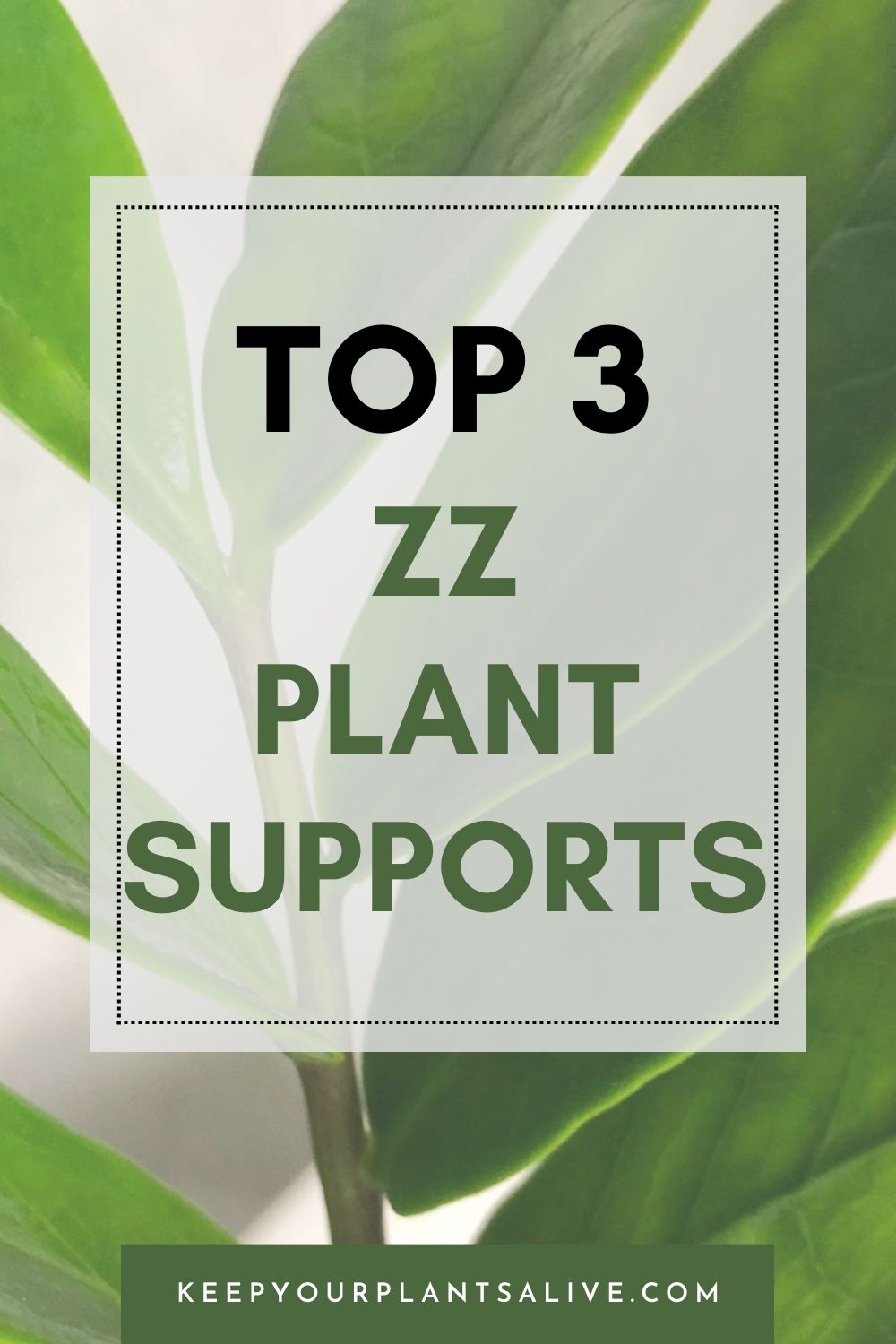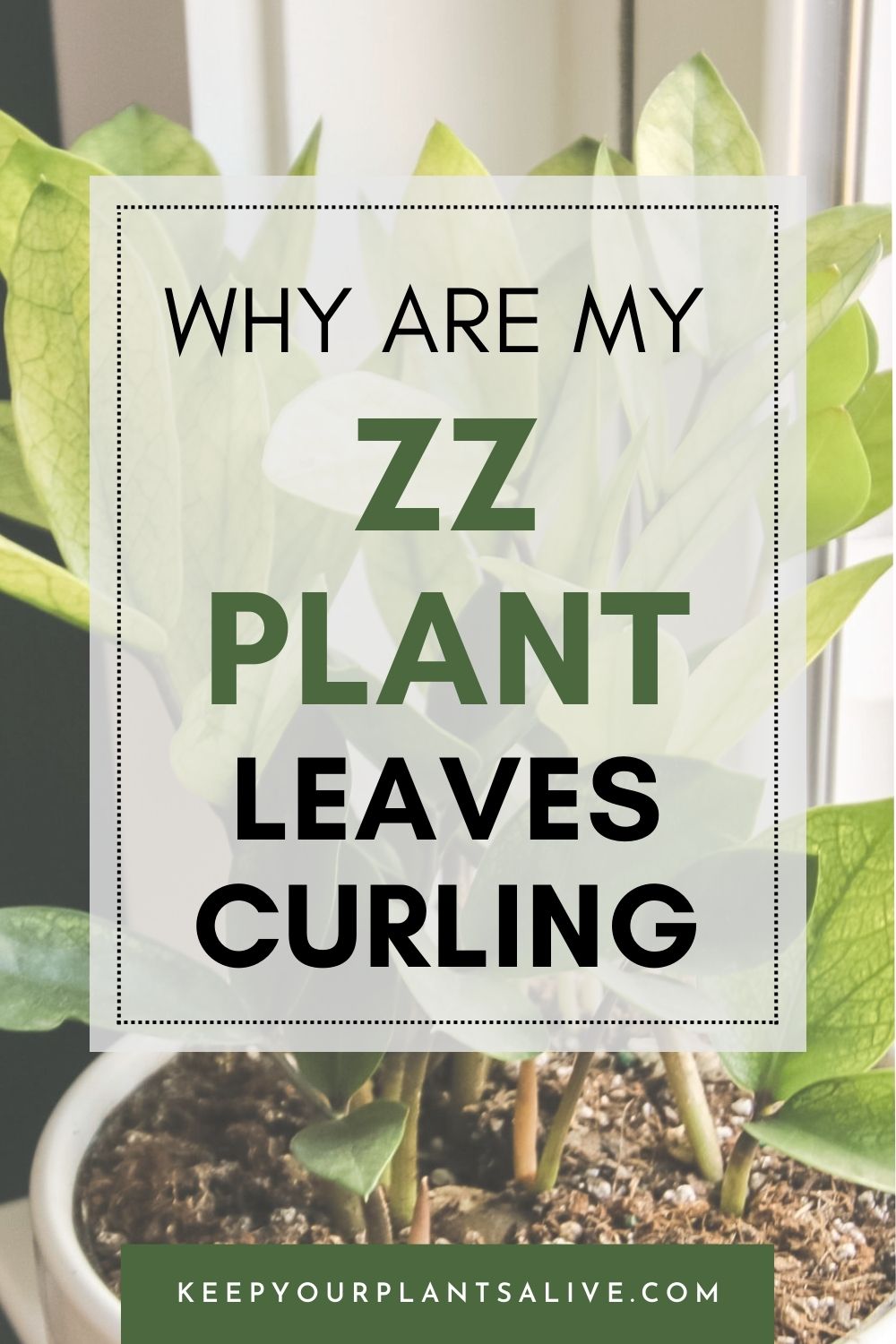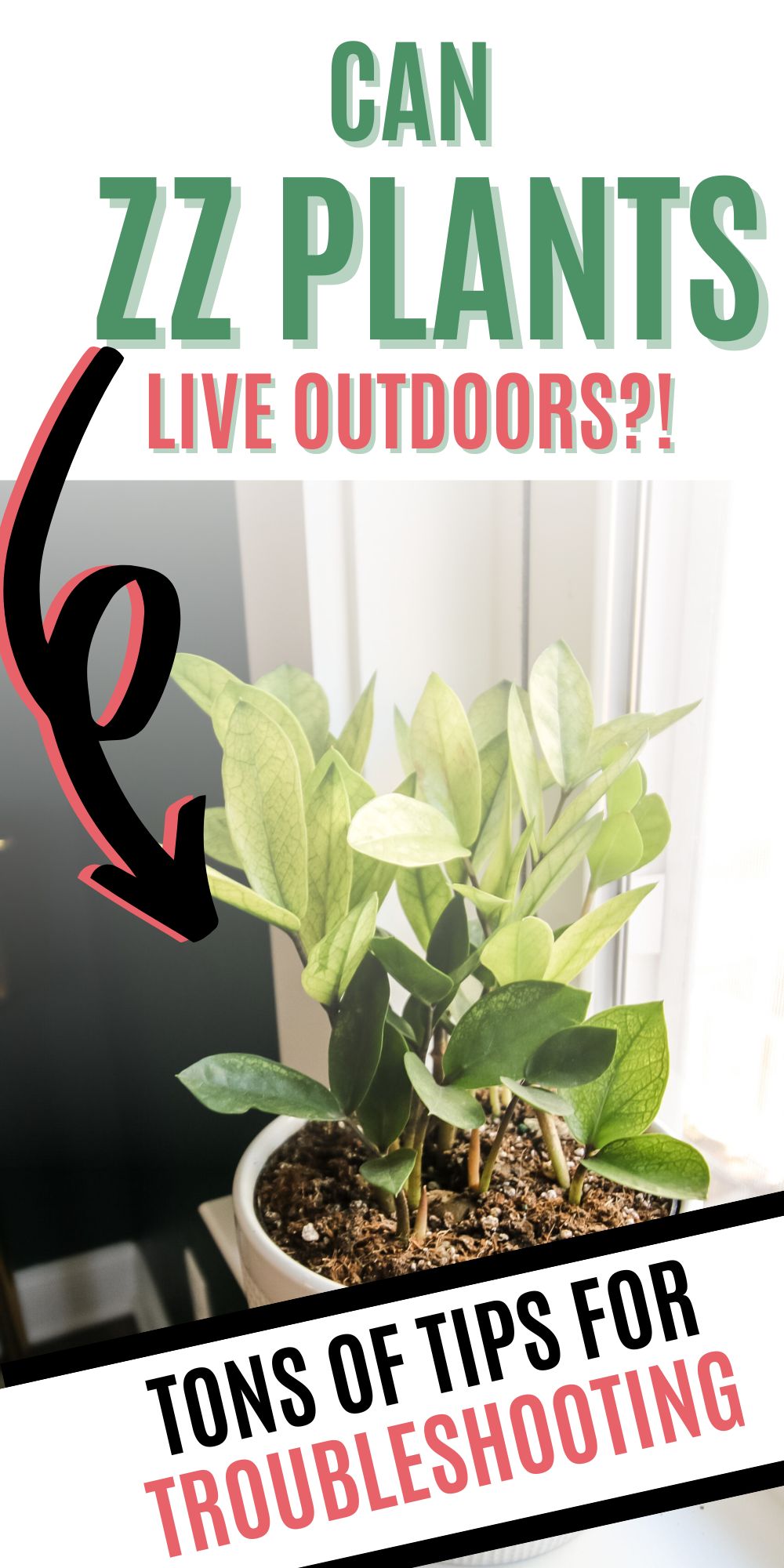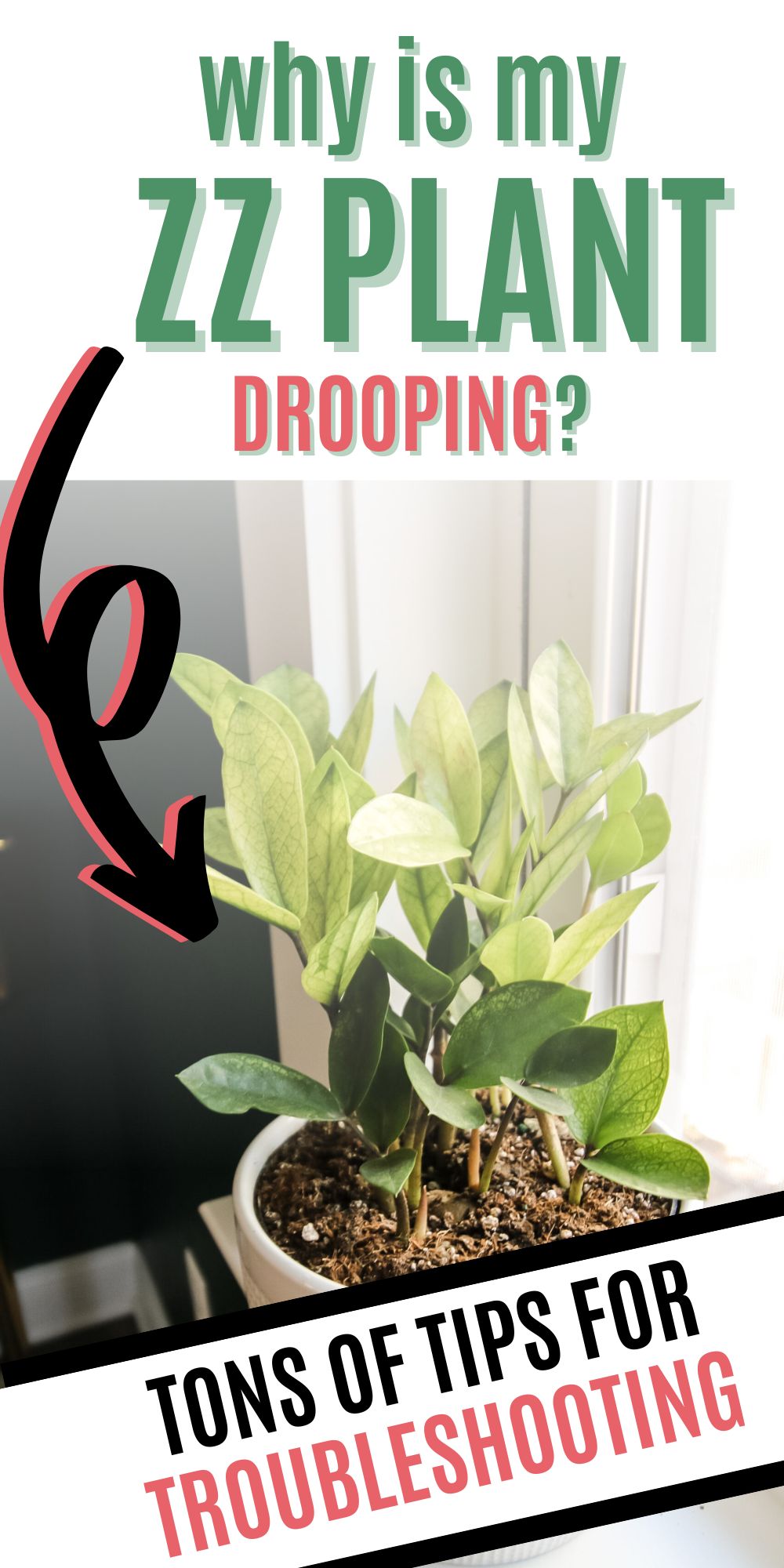Want to keep your ZZ Plants as happy and healthy as possible? Here is everything you need to know about Fertilizing ZZ Plants!
When we talk about houseplants that are easy maintenance, yet charming and green - the ZZ plant often takes center stage!
We’re here to break down the ins and outs of ZZ plant fertilizer. Whether you’re a seasoned plant parent or a year-round vigorous gardener - we got you covered.
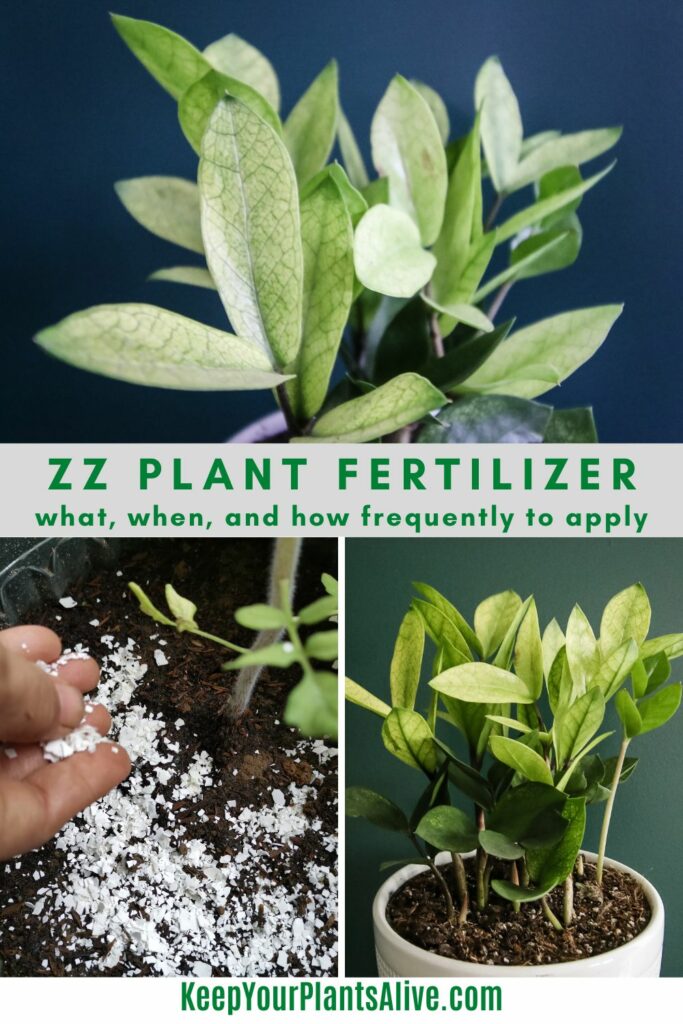
But before we dive headfirst into fertilizing ZZ plants, let’s get one thing straight. These green beauties are like that chill friend who’s pretty laid-back and low-key.
While some home plants have a more “diva-like” demand for nutrients, these plants don’t demand too much attention, though you absolutely need to shower them with love!
Want more ZZ plant topics?
- Raven ZZ plant care guide
- The Best ZZ Plant Soil
- Why is my ZZ plant getting yellow leaves?
- Why is my ZZ plant not growing?
- Why is my ZZ plant turning brown?
Free printable ZZ plant care guide
Join the (free!) KeepYourPlantsAlive+ community to access this exclusive printable plant care guide! Once you sign up, you can right click & save the JPG care guide. Or keep scrolling for more!
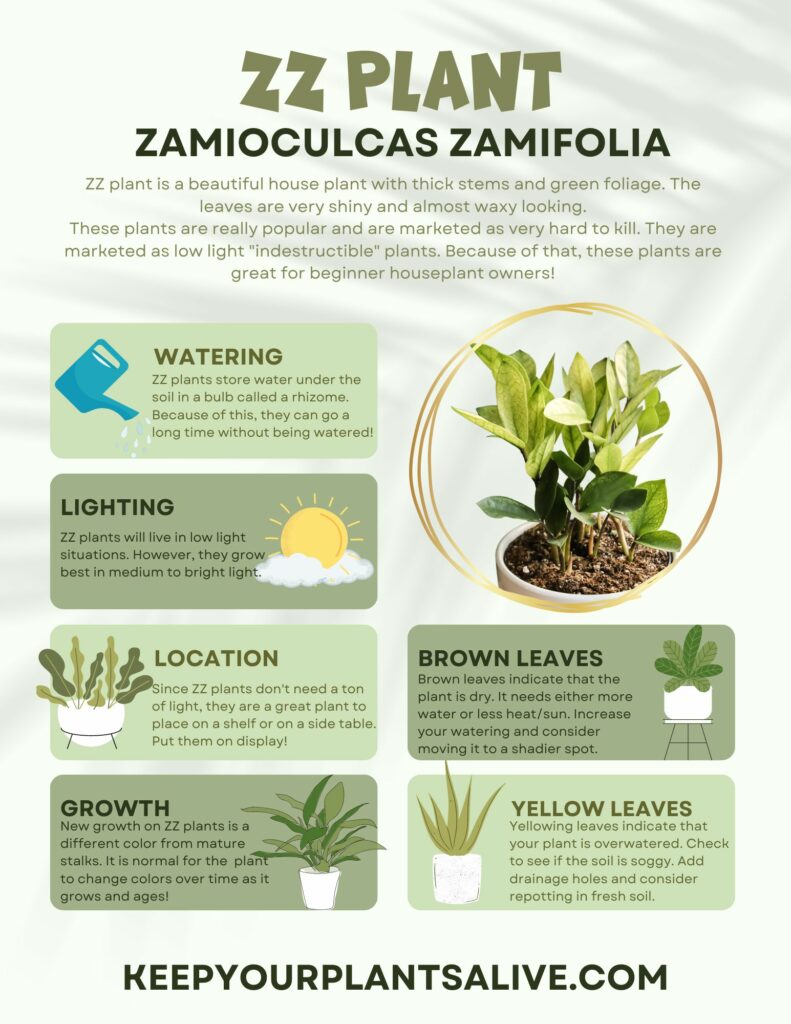
Choosing the Right Fertilizer for Your ZZ Plant
As previously mentioned, ZZs aren’t needy at all. But selecting an appropriate fertilizer for a ZZ plant can ensure it grows "happy and nurtured".
Here's an in-depth look at each of the fertilizer's properties and benefits, which will allow you to pick the perfect ZZ plant food.
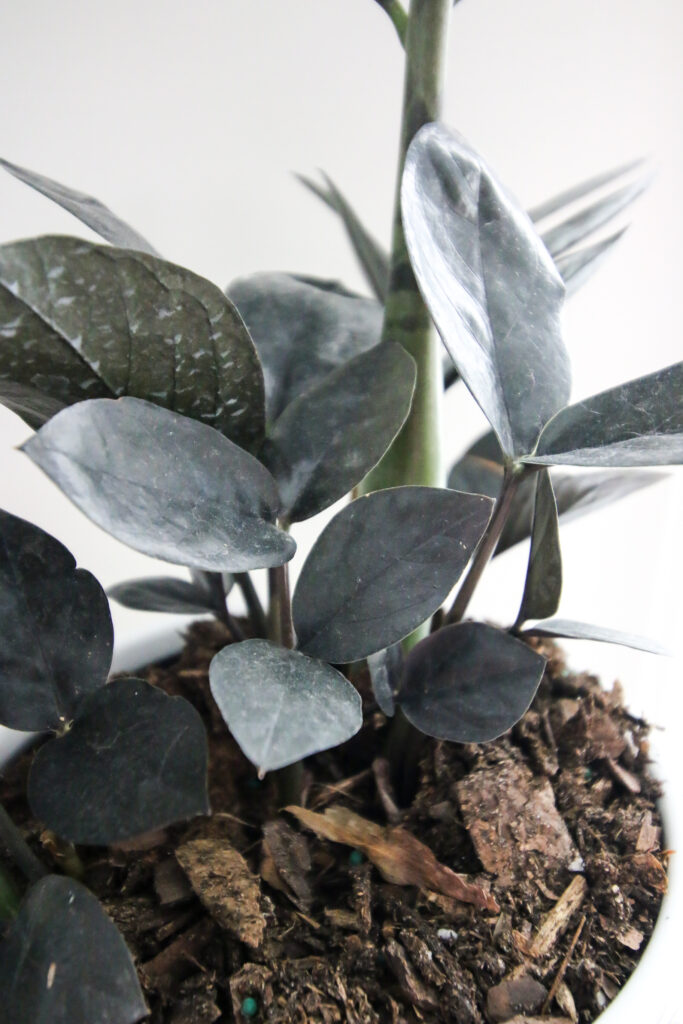
Balanced Fertilizers
All of nature is built on the principle of balance. Thus, a balanced feed is typically recommended for most houseplants, and ZZ plants are no exception.
What does 20-20-20 mean?
In most cases, you’ll find ZZ plant fertilizers with a set of three specific numbers, usually 20-20-20. This is called the N-P-K ratio and represents the concentration of Nitrogen (N), Phosphorus (P), and Potassium (K).
These are the three primary nutrients essential for plant health.
Keep in mind that the numbers can vary since not all plants require an equal amount of nutrients - some might need a boost in Nitrogen and no need of Potassium, and so forth.
Let’s take a deeper look into them:
- Nitrogen (N): Vital for leaf growth and gives your ZZ plant its vivid green hue. If your plant's leaves start turning light green or yellow, it may indicate a nitrogen deficiency.
- Phosphorus (P): Helps in root development and energy transfer. It's essential for young plants and those in the propagation phase.
- Potassium (K): This nutrient enhances the overall health of the plant. It aids water uptake, enzyme activation, and photosynthesis, potassium is crucial for all plants
How Frequently Should I Apply Fertilizers?
During the growth months (typically spring and summer), ZZ plant fertilizer should be applied every 6-8 weeks. In cooler months, reduce the frequency or even skip it altogether.
Make sure always to follow the specific guidelines on the label. Typically, it involves dissolving a certain amount of ZZ fertilizer in water.
Over-fertilizing can stress or even kill your plant, so following the instructions precisely is crucial.
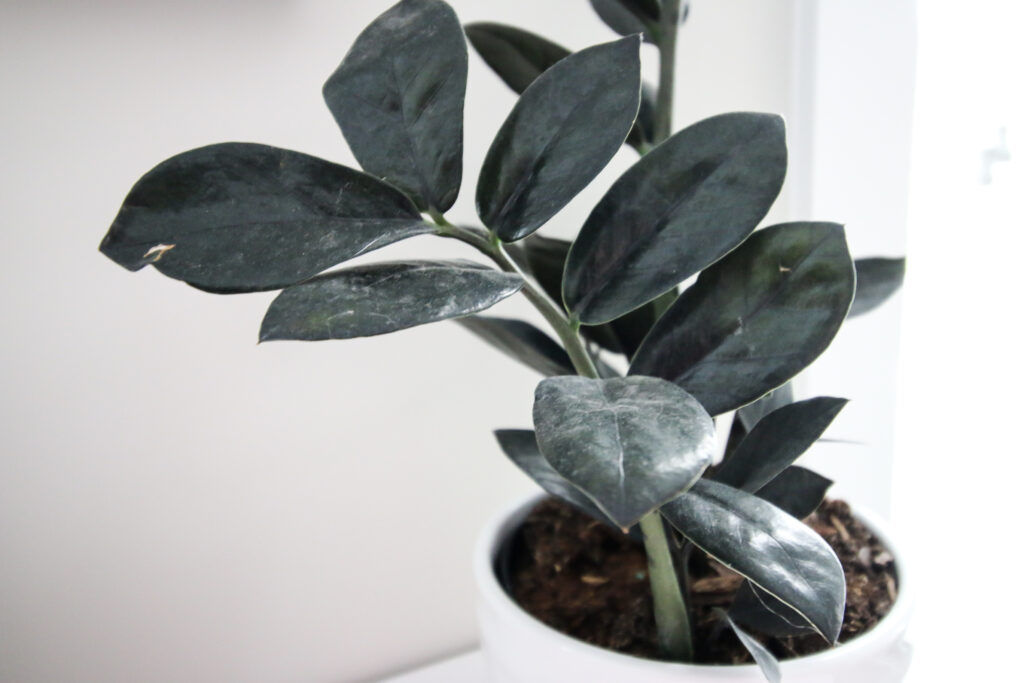
Organic Options
For those who prefer a natural approach, the Earth provides some excellent fertilizing agents. Plus, you get to save a dime and have some extra fun!
Here are some easy-peasy organic fertilizers for your ZZ plant!
Compost
Compost is a rich, decayed mix of organic matter. When added to potting soil, it can gradually release nutrients, ensuring a steady supply over time.
It also improves soil texture while enhancing its moisture-retention capacity.
How to Use: Mix compost with your regular potting soil in a 1:3 ratio. Then, simply repot, or just top up the top layer of the ZZ plant soil with a 1-inch layer of compost.
Worm Castings
Often referred to as 'black gold,' worm castings are a top-notch natural fertilizer and are typically considered one of the best fertilizers for ZZ plants. They offer a number of benefits to plants, including our lovely ZZs.
At its core, worm castings are rich in Nitrogen, ensuring robust and vibrant foliage. But what makes them truly stand out is their impressive array of micronutrients.
- Iron (Fe): Essential for chlorophyll synthesis, iron ensures that your ZZ plant remains a radiant shade of green.
- Manganese (Mn): Plays a role in root cell elongation and resistance against root pathogens.
- Zinc (Zn): It aids in synthesizing auxin, a growth hormone responsible for leaf size and stem elongation.
- Copper (Cu): It is vital for several enzymatic activities. It is also crucial for the structural integrity of plant cells.
- Boron (B): Helps in cell division, protein formation, and seed development. In the context of ZZ plants, it ensures proper root and leaf development.
- Molybdenum (Mo): This trace element assists in efficiently using nitrogen in plants.
- Calcium (Ca): While often considered a macronutrient, calcium is present in smaller amounts in worm castings. It's essential for cell division and the formation of cell walls.
When fertilizing ZZ plants with worm castings, not only does it boosts its primary nutrient intake, but it also ensures a balanced diet of these vital micronutrients.
In essence, think of worm castings as a multi-vitamin supplement to your ZZ plant food, ensuring it gets an array of essential nutrients for optimal health and growth.
How to Use: Sprinkle a thin layer on top of your soil or mix it in when repotting.
Seaweed Extract
This liquid fertilizer is a true gift from the ocean depths, and it’s a top option for a ZZ plant fertilizer.
Seaweeds are an all-natural choice for your plant’s nourishment. They burst with trace minerals, vitamins, and other beneficial hormones that can’t be easily extracted elsewhere.
These naturally derived components enhance the development of the roots and keep them “stress-free”. Plus, the natural and organic nature of this ZZ fertilizer ensures the safety of the entire soil ecosystem!
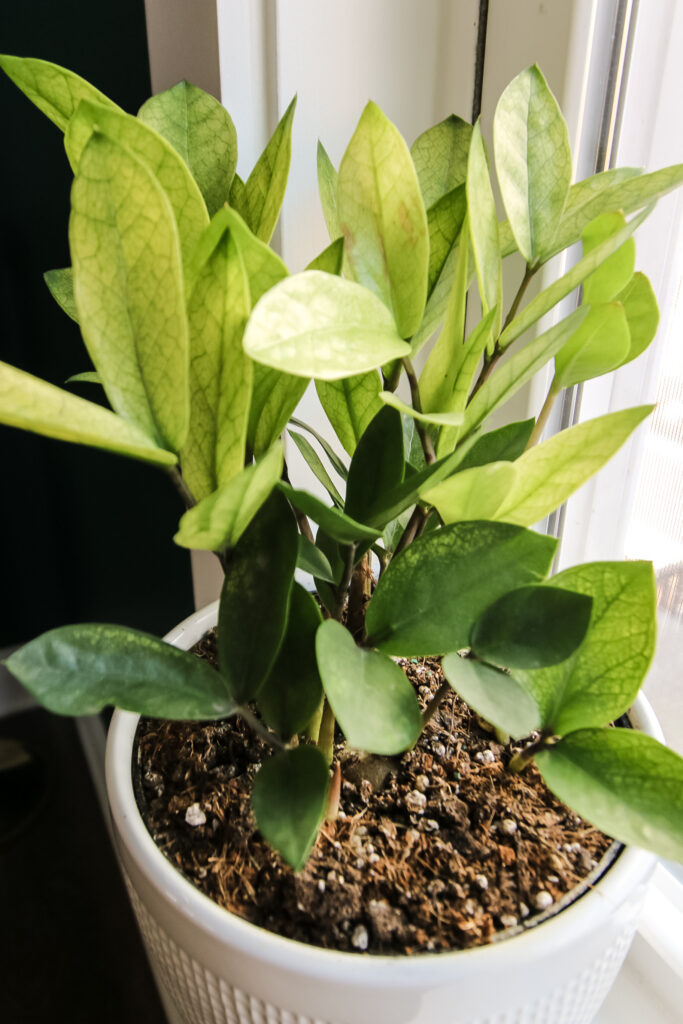
Slow-Release Fertilizers: Steady Nutrition for Your ZZ Plant
Slow-release fertilizers are the marathon runners in the world of plant nourishment. These granules or pellets are designed for longevity and release their nutrient payload over weeks or even months.
This ensures your ZZ plant enjoys a steady, continuous feast.
They support the plant's overall growth, lush greenery, and vitality as they're packed with essential macronutrients like Nitrogen, Phosphorus, and Potassium.
They are often enriched with vital micronutrients such as magnesium, iron, and calcium. But the gradual release means one thing - constant nutrition!
That said, you're free from the worry of over-fertilization, making them a reliable and efficient choice for the long-term health of your ZZ.
How to Use: Scatter the specified amount of fertilizer granules atop the soil or blend them into the upper layer. With routine watering, the nutrients will seep into the soil, feeding your ZZ plant with the sustenance it craves.

Our Final Word of Caution
Regardless of the ZZ plant fertilizer type you choose, moderation is essential. Over-fertilization can lead to nutrient burn, visible as brown tips on leaves.
And since ZZ plants have a semi-dormant phase during the colder months - they have reduced nutrient needs then.
It's a good rule of thumb to hold off on heavy fertilization during this period.
With the right fertilizer in hand and following the recommended practices, your ZZ plant will survive and truly thrive. Happy planting!
Thanks for reading!


Hey there, I'm Morgan, a houseplant enthusiast from sunny Charleston, South Carolina. Growing up surrounded by my mom's lush orchids and African violets, I discovered the magic of bringing nature indoors. Thanks to the pandemic, I delved deeper into houseplants, discovering their power to uplift moods and transform spaces. I'm here to spill all my secrets, helping you pick the perfect houseplant - and make it happy. Let's keep your plants alive, together! 😊

